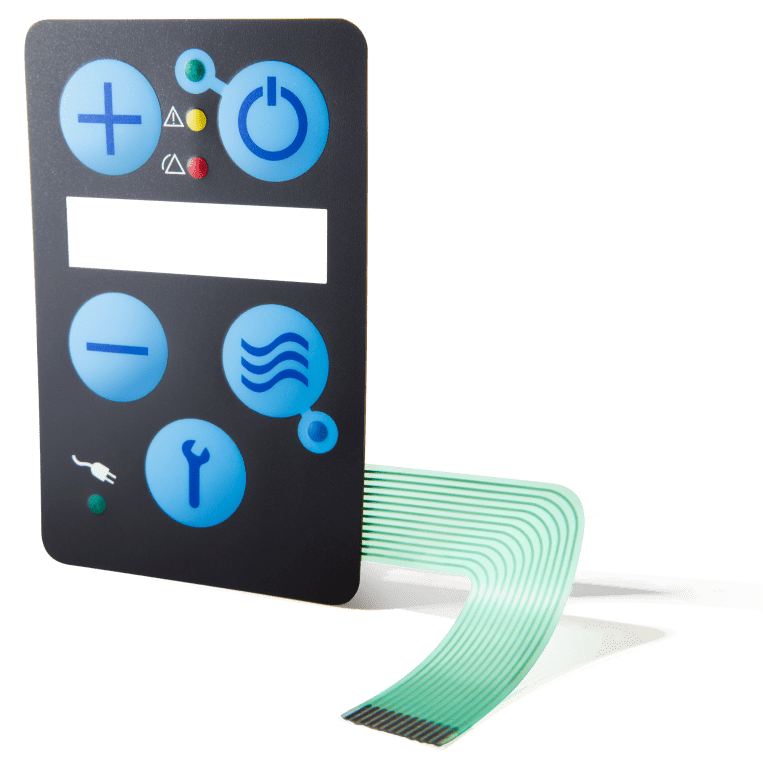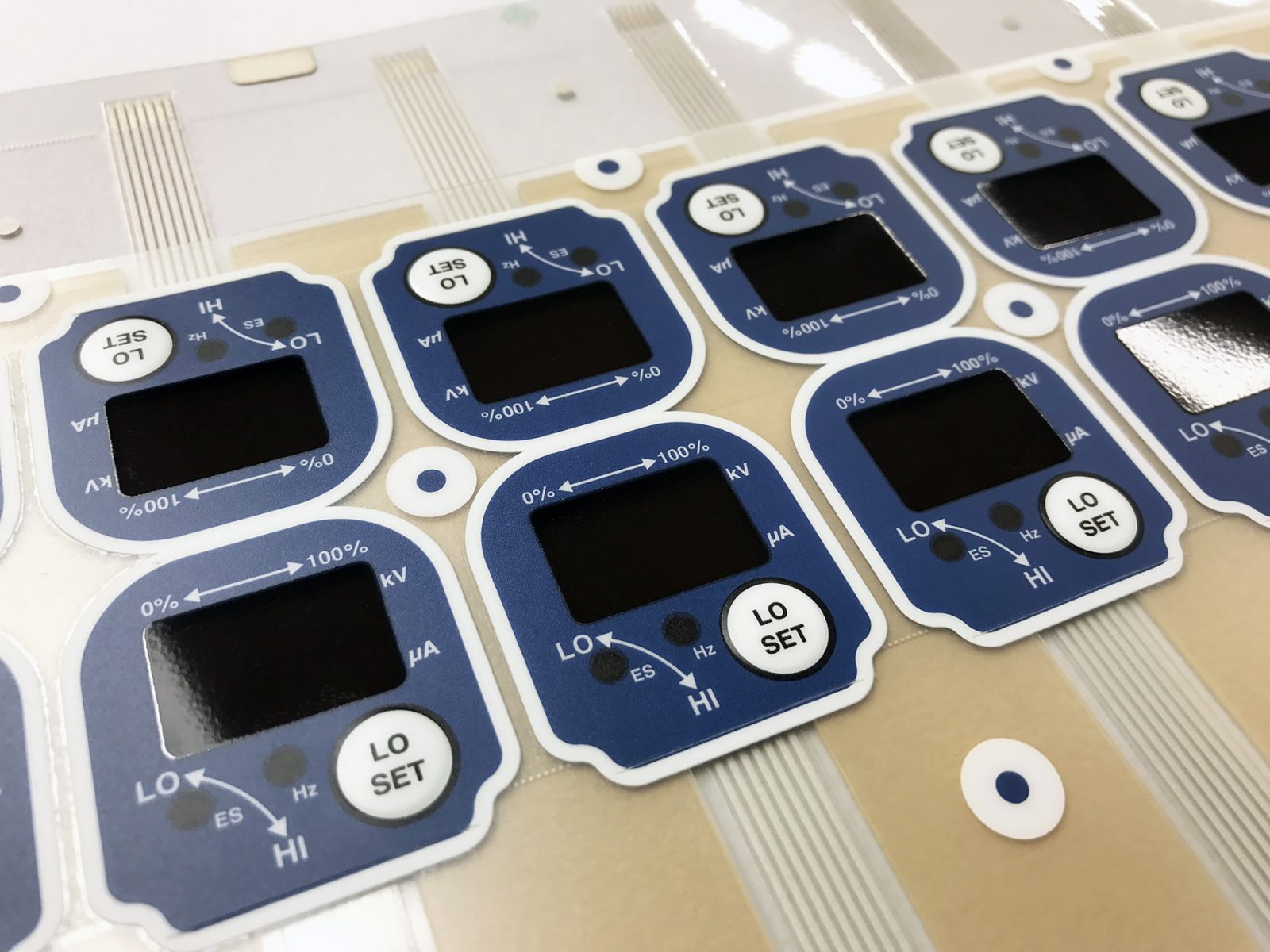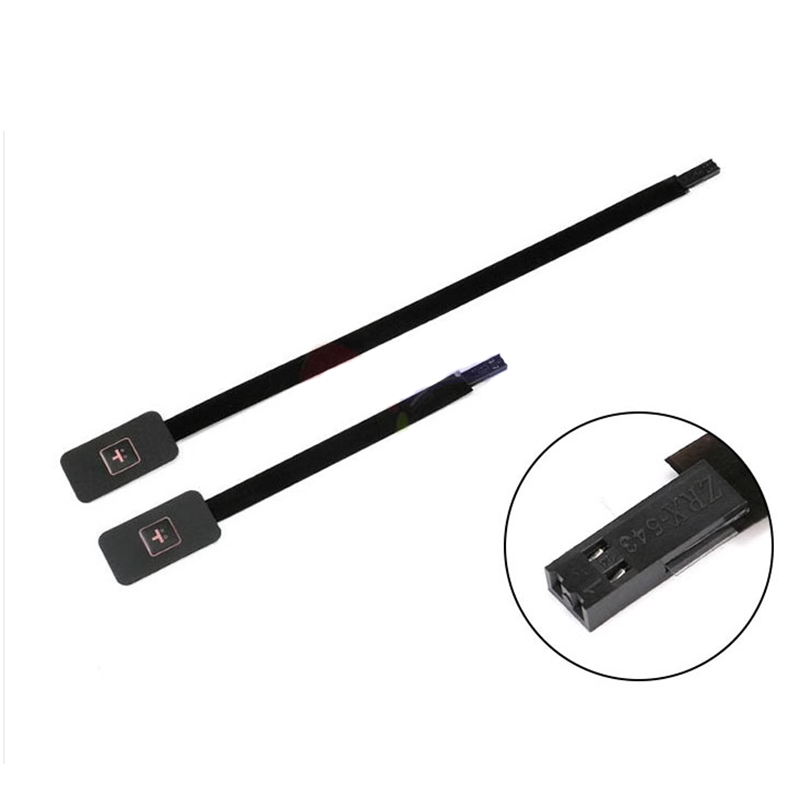Membrane Switch Over Technology: The Key to Trustworthy and Cost-Effective Interfaces
Membrane layer button technology has emerged as a critical element in the design of user interfaces, providing both integrity and cost-effectiveness throughout a varied range of applications. As we discover the multifaceted advantages of membrane switches, their potential for technology elevates inquiries concerning future applications and evolving trends.
Understanding Membrane Switch Over Modern Technology
Membrane layer button modern technology is a widely utilized interface solution in numerous digital gadgets, using a seamless blend of functionality and design. This modern technology includes multiple layers of products, normally consisting of a visuals overlay, spacer layer, and a circuit layer. The graphic overlay displays the user interface aspects, while the spacer layer divides the circuit layer from the overlay till an individual activates a switch.
When stress is related to the overlay, the circuit layer completes the electrical circuit, sending a signal to the device. This device enables for different setups, including responsive feedback and backlighting choices, enhancing customer interaction. Membrane layer switches are commonly produced making use of sturdy materials such as polyester or polycarbonate, making certain durability and resistance to ecological elements like dampness and dust.
The adaptability of membrane switches enables their application in varied industries, consisting of clinical gadgets, customer electronic devices, and commercial controls. Their compact layout enables integration right into space-constrained environments, giving an efficient interface without compromising aesthetic allure. Understanding the ins and outs of membrane layer switch innovation is important for suppliers and developers looking for to produce dependable and efficient human-machine interfaces.
Key Advantages of Membrane Layer Switches
While different user interface remedies exist, membrane switches over offer distinctive advantages that make them a favored selection in countless applications. One of the primary benefits is their longevity; membrane buttons are created to withstand severe environmental conditions, including dampness, dust, and temperature variations, guaranteeing resilient efficiency. This strength significantly minimizes the demand for regular replacements, thereby reducing general maintenance prices.

Furthermore, membrane buttons are light-weight and small, making them suitable for applications where room is restricted. Their low-profile design adds to a smooth look without compromising capability.
Cost-effectiveness is additionally a remarkable advantage, as the production procedure for membrane switches over often tends to be less expensive contrasted to conventional mechanical switches. This affordability, integrated with their reliability and convenience of setup, positions membrane layer changes as Recommended Site a practical service for a large range of markets looking for effective and effective interface.
Applications Across Various Industries
Just how do membrane buttons adapt to the varied demands of various markets? Membrane switch modern technology is significantly acknowledged for its adaptability, making it suitable for a vast array of applications across numerous sectors. In the clinical field, membrane buttons are utilized in diagnostic equipment and patient surveillance gadgets, where their toughness and ease of cleaning are essential for preserving health standards. The auto sector employs these buttons in control panels and control panels, using a structured aesthetic while making sure straightforward operation.
In consumer electronic devices, membrane layer buttons provide a small option for remote controls and home appliances, boosting customer experience via intuitive design. Furthermore, the commercial market leverages membrane layer buttons for machinery control panels, benefiting from their resistance to severe atmospheres, such as wetness and dirt.
Armed forces and aerospace applications additionally utilize membrane switches for their reliability and ability to endure extreme conditions, guaranteeing operational performance in critical situations. Furthermore, the food and beverage industry takes on these buttons for automated systems, where hygiene and ease of operation are extremely important. Inevitably, membrane layer buttons are tailored to satisfy the special demands of each market, showing their vital function in modern technology interfaces
Layout and Customization Options

In the world of membrane button technology, design and personalization alternatives play a crucial function in enhancing capability and individual communication. These switches can be customized to satisfy particular functional demands and aesthetic read here choices, making them versatile parts in various applications.
Among the main customization choices is the layout of the button itself, which can be made to suit unique interface and ergonomic factors to consider. By changing the form, dimension, and arrangement of buttons, manufacturers can develop user-friendly layouts that facilitate simplicity of use. Additionally, the unification of different shades and graphic overlays enables branding and enhanced presence, guaranteeing that customers can rapidly recognize functions.
Moreover, membrane layer buttons can be engineered with different responsive feedback systems, such as raised switches or audible clicks, to boost the individual experience. Various materials can additionally be chosen for sturdiness and environmental resistance, attending to elements such as moisture, temperature level fluctuations, and chemical exposure.
Inevitably, the considerable style and modification options offered in membrane layer button technology empower services to develop customized solutions that not only satisfy useful needs but also line up with their branding and operational requirements.

Future Fads in Membrane Switches
As membrane button modern technology remains to evolve, future patterns are progressively concentrated on boosting user experience and integrating sophisticated performances. One substantial fad is the assimilation of touch-sensitive and capacitive innovations into conventional membrane layer buttons. This growth enables more instinctive individual interfaces, offering tactile feedback while maintaining a streamlined style.
One more emerging fad is the usage of eco-friendly products, driven by the expanding demand for sustainable production techniques. Manufacturers are looking for to reduce their carbon footprint by utilizing recyclable substratums and low-impact inks, straightening with international sustainability objectives.
Additionally, the surge of the Net of Points (IoT) is triggering the consolidation of wise functions into membrane layer buttons. Improved connectivity options will certainly that site allow gadgets to communicate with each various other, permitting smooth combination into wider systems.
Furthermore, developments in printing technologies, such as electronic printing, are permitting higher style versatility and personalization. This allows manufacturers to generate complex layouts and dynamic shades cost-effectively.

Final Thought
In conclusion, membrane layer switch technology stands for an essential development in customer interface style, supplying considerable benefits in sturdiness, modification, and cost-effectiveness. As developments proceed to arise, particularly in touch-sensitive user interfaces and sustainable materials, the possibility for membrane changes to boost user experience and performance remains encouraging.
Comments on “The Benefits of Membrane Switches Over Conventional Switches in Extreme Conditions”